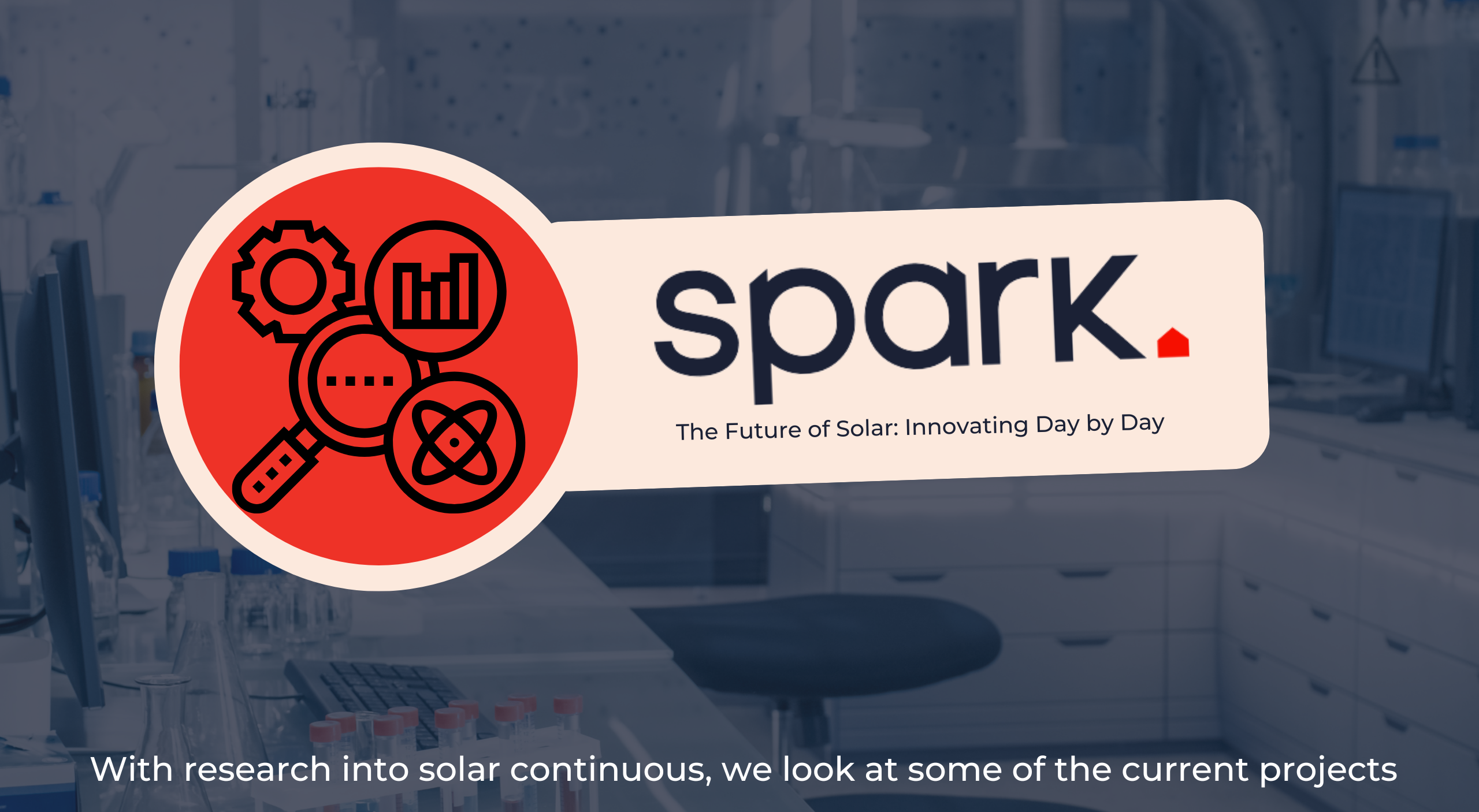
The Future of Solar: Innovating Day by Day
The renewable energy sector has been thriving over the past decade, with each new shiny innovation promising to make solar energy more efficient, accessible, and generally better for both customers and businesses alike.
However, this isn’t enough for everyone, and questions still get asked as to ‘How can solar (something that is really quite efficient) be made even more efficient?’, ‘How can we get more power generated through fewer solar panels and less daylight?’ alongside the usual ‘How can we tackle rising energy prices in our home?’ questions.
We’ve done the research for you, and the future of solar is in good hands. Current research is being undertaken on new materials, new coatings for panels, and new technology to capture different aspects of light, all of which are promising ideas that have real-world use cases.
UV-Capturing Materials: Because Visible Light Just Isn’t Enough
Traditional solar panels mostly catch visible light. That’s not enough for the clever scientists of the world. They’re working on UV-sensitive materials that can capture ultraviolet light.
The initial insights into these materials are that they have a short lifespan, are expensive, and degrade quicker, meaning incorporating these into solar simply isn’t viable with solar life expectancy being around 25-30 years.
Tandem Solar Cells: More Layers, More Solutions?
We initially thought, “More layers in a solar panel? That sounds like more problems,” and we were wrong. Tandem solar cells stack multiple layers to capture multiple aspects of the light spectrum, from direct light to infrared.
They promise to boost efficiency. But again, still, in the experimental stage, results are yet to be released officially but are hovering around the 25-26% efficiency rate, with the highest being 32.5% in certain conditions—we’re not sure we’d get that in the UK, but who knows! This really feels like the future of solar is innovating.
Perovskite: The Miracle Material We’ve Been Waiting For?
Perovskite sounds like something a scientist would name, and researchers at Oxford University have developed a thin, flexible material that can be applied on nearly any surface, from your car to your house. The goal? To surpass the current solar efficiency ceiling of 22% with current results showcasing 27%!
Still, years away from being available to the general public, perovskite is something I’m sure we’ll hear more about in the next decade as testing, development, and research are still ongoing.
Anti-Reflection Coatings: Because We’re Still Losing Light
The fact is we still waste light on solar panels. Some light, to put it simply, bounces off of your solar panels due to the coating applied to protect your assets. Anti-reflection coatings do exactly what it says on the tin—stop the sun bouncing off by allowing more sunlight in—sort of like taking a bouncer off of the door to a nightclub.
This can boost efficiency by up to 11%, but things like dust or pollution could make them super effective for about five minutes. Again, researchers are working on making them last longer, cost less, and be a sustainable medium from day 1 to year 30 (though we’re already guessing this is something that would need to be reapplied periodically).
Solar Doesn’t Stand Still – It Evolves.
We haven’t even researched the current state of energy storage, but we’ll look at that in another blog.
With solar panels lasting 25-30 years, they’re built to stand the test of time. Yes, scientists are all still figuring out how to make them better, cheaper, more efficient, and more eco-friendly. However, currently, solar works save money on energy, and the lifetime value of solar can save you anywhere from £30,000-£100,000+ over the lifetime of your system (size of the system, property size, and location dependent; fill in this form to find out how much you can save). We are always keeping track of our products offering the latest in technology and as the future of solar is innovating, our product range does too.
Yes, in 10 years there probably will be systems that perform better; in 20 years they will probably become part of all new homes as governments have pollution and emission goals, and in 30 years, when your current system comes to the end of its life, you may buy another one to replace your existing one that is deemed obsolete—but that is the nature of technology. Cars, computers, and phones all become better as technology advances, and solar is no exception.
To get a free quote for your system and to see how Spark Solar can save you money on energy bills, increase your property value, and lower your EPG rating, just click here to fill in a quick form for us to contact you with.
